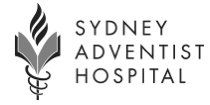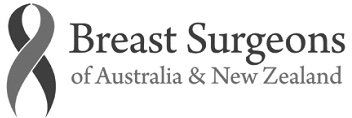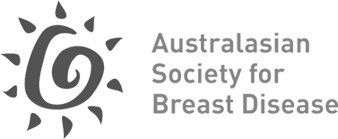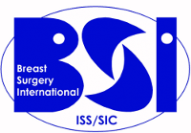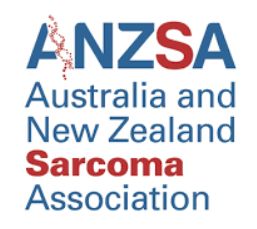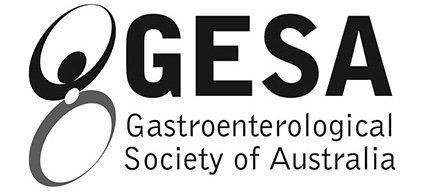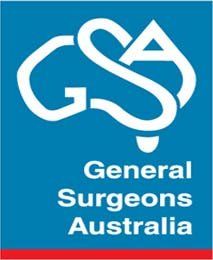A NEW DIAGNOSIS OF BREAST CANCER
10 Common Feelings and Fears at Diagnosis
- Am I going to die?
- Why me? What did I do to get breast cancer?
- Could I have prevented it?
- Will I lose my breast?
- Will I lose my hair?
- Are my children at risk of getting cancer?
- Will I feel pain?
- How will I tell my family, friends, boss?
- Who will take care of my family if I am sick?
- Will I still be able to work?
Breast Cancer Types
Histological Subtypes
Breast cancer can be classified according to histological subtypes, based on how the cancer cells look under the microscope.
- Invasive ductal carcinoma (IDC) accounts for 80% of breast cancers. Cancer cells form in the breast ducts and spread into the surrounding breast tissue. IDC tend to grow together in a mass, making them easier to find.
- Invasive lobular carcinoma (ILC) accounts for 10% of breast cancers. Cancer cells form in the breast lobules and spread into the surrounding breast tissue. ILC tend to grow in more than one area of the breast in a sheet-like pattern, making them more difficult to detect.
Other rare histological subtypes include tubular, cribriform, mucinous, medullary, papillary, micropapillary, apocrine and metaplastic carcinomas.
Molecular Subtypes
Breast cancer can also be classified into molecular subtypes, depending on the presence of certain receptors on the cancer cells. Receptors are molecules that cancer cells produce on their surface, which can interact with specific proteins and hormones in the body that allow the cancer to grow and spread.
- Hormone receptor positive breast cancer (70-80%) have cells with receptors for female hormones oestrogen and/or progesterone and are stimulated to grow by these hormones. These cancers respond to endocrine treatment that limits the body’s production of oestrogen and progesterone or stops the receptors from recognising the hormones.
- HER2 positive breast cancer (15-20%) have cells with much higher levels of HER2 receptors than normal. HER2 is a protein that promotes cell growth and is found on the surface of all breast cells. About 50% of HER2 positive breast cancers are also hormone receptor positive. Targeted therapy and chemotherapy is usually recommended for these cancers.
- Triple negative breast cancer (10-20%) do not have hormone or HER2 receptors. These cancers do not respond to endocrine therapy or targeted therapy aimed at HER2, but often respond well to chemotherapy.
Special Types of Breast Cancer
Some breast cancers are grouped by special or unusual traits.
- Paget’s disease of the nipple is an uncommon type of breast cancer in which cancer cells grow in the nipple-areolar complex. This causes the nipple skin to become red, painful, scaly and sometimes ulcerated, and it may be associated with blood-stained or clear nipple discharge. Many people with Paget’s disease also have either in situ or invasive carcinoma somewhere else in the breast. Treatment for Paget's disease is similar to treatment for other types of breast cancer, except surgery (either lumpectomy or mastectomy) requires removal of the nipple-areolar complex.
- Inflammatory breast cancer is a rare and aggressive form of breast cancer in which cancer cells block the lymph vessels in the breast. This causes the breast to become swollen, red and tender. Inflammatory breast cancer is often triple-negative or HER2-positive. Treatment for inflammatory breast disease involves a combination of chemotherapy, surgery and radiotherapy. Surgery usually involves a mastectomy and axillary dissection.
Breast Cancer Grade
Cancer cells are given a grade according to how different they are to normal breast cells and how quickly they are growing.
Grade 1 - Low Grade
Cancer cells look a little different from normal cells. They are usually slow growing.
Grade 2 - Intermediate Grade
Cancer cells do not look like normal cells. They are growing faster than grade 1 cancer cells.
Grade 3 - High Grade
Cancer cells look very different from normal cells. They are fast growing.



